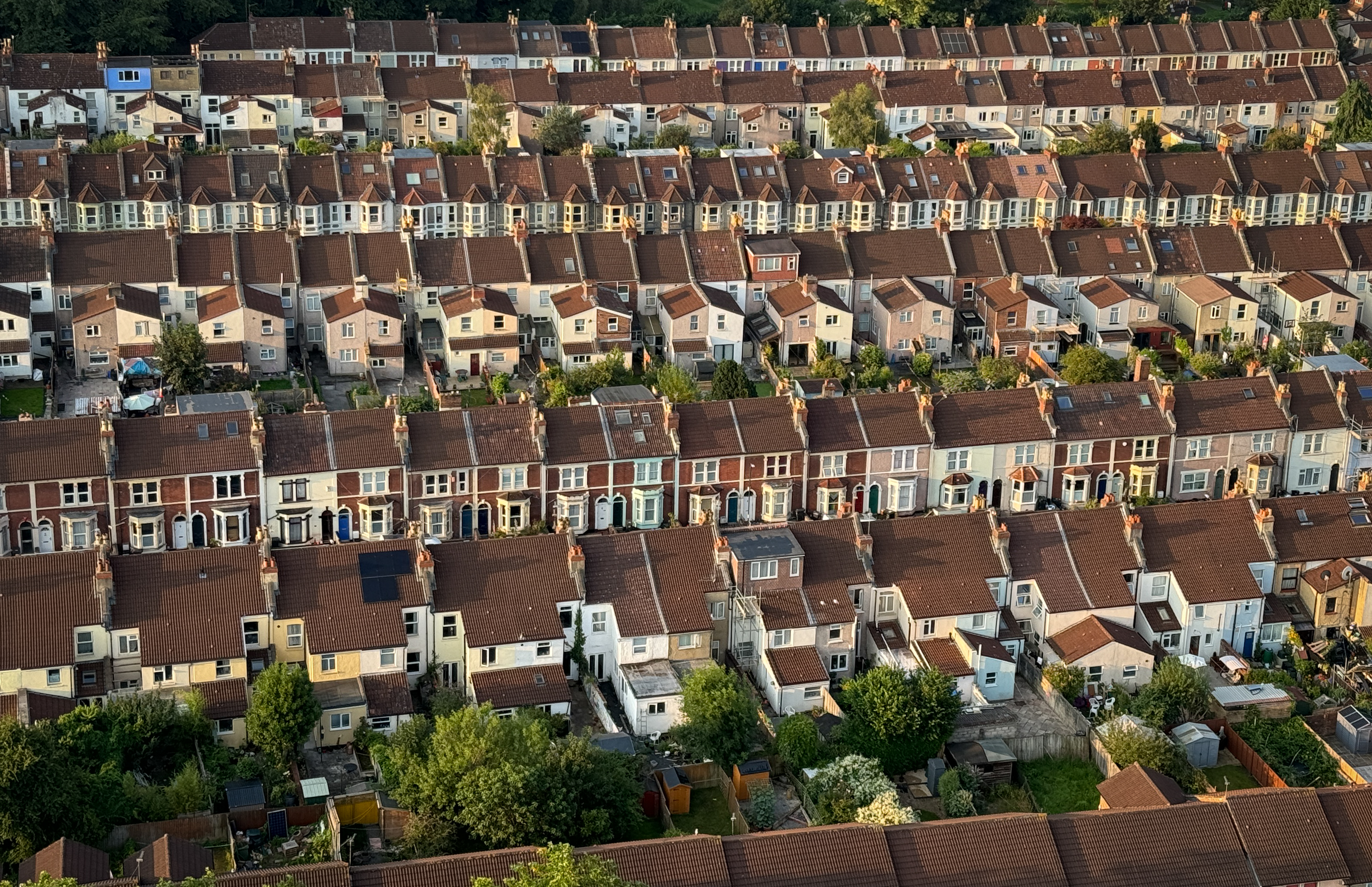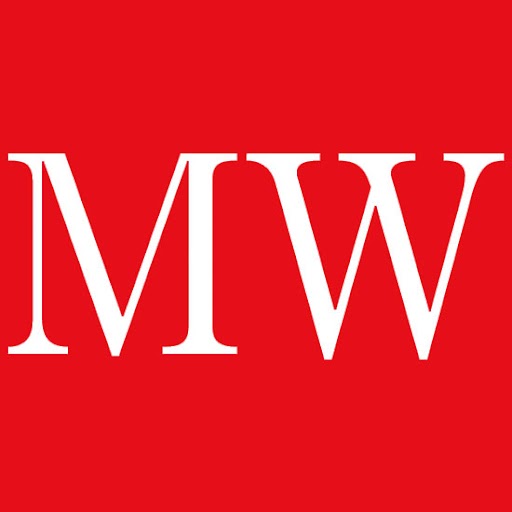Demographers predict that by mid-century, the number of people age 65 and over will increase from 7% to more than 15% of the world's population. This will be much higher in OECD countries. It is possible this demographic, more wealthy than previous generations, could generate an increased demand for real assets, in particular, for the traditional safe havens of gold and silver.
Meanwhile, the emergence of newly industrialised economies led by the BRIC nations (Brazil, Russia, India and China) is generating new wealth and may see some two billion people move from peasant to middle class. From a current global population of 6.5 billion, United Nations demographers forecast it will reach seven billion by 2013, eight billion by 2028, nine billion by 2054, and 10 billion by 2200. The bulk of this growth will come from Asia led by China, India and the Middle East and is likely to have an immense impact on global precious metals demand.
China: more economic power could increase demand for gold
Gold is deeply rooted in the psyche of the Chinese people. Stemming from a powerful mix of cultural, social and economic associations is relevance has been augmented by the country's experience of totalitarian government. Gold is considered a symbol of prosperity and good fortune in China and a means to increase and preserve one's family's wealth through the generations.
MoneyWeek
Subscribe to MoneyWeek today and get your first six magazine issues absolutely FREE

Sign up to Money Morning
Don't miss the latest investment and personal finances news, market analysis, plus money-saving tips with our free twice-daily newsletter
Don't miss the latest investment and personal finances news, market analysis, plus money-saving tips with our free twice-daily newsletter
According to the World Gold Council China's per capita consumption of gold is the lowest amongst the emerging Asian economies. For China to consume as much gold as say India, which many observers believe likely over the long term, consumption would need to rise threefold.
Another point of interest in China is that the gold market was recently liberalised. Chinese investors can now invest in gold for the first time since 1949.
Shanghai has established the first of a number of gold exchanges planned for China's major cities. The Shanghai Gold Exchange has authorized the China Bank, China Industrial & Commercial Bank, China Constructional Bank and China Agricultural Bank as the banks for settling gold accounts.
In addition, it is possible Central Bank demand may well rise as senior officials call for an increase in gold reserves to hedge against concerns of a potential decline in the US dollar.
Thirty years ago China held 95% of its foreign reserves in gold. Today, China's gold reserve only accounts for 1.3% of total reserves. A figure well below the average minimum 3%-5% adopted in many other countries. China with an estimated gold reserve of 600 tonnes has a fraction of that believed held in the US with some 8,500 tonnes.
China's international reserves to June 2006 reached US$ 941bn.
According to veteran commentator Richard Russell, Editor of Dow Theory Letters, 'he who has the gold, makes the law'. A truism that applies in equal measure to nations as to individuals.
Russell believes that 'China has given up on war as the way to win the battle for world power. The path that China has chosen is economic supremacy, and certainly economic supremacy in Asia. Gold moves and accumulates in the direction of economic power. And gold is now flowing into Asia as it leaves the US and Europe.'
India: a cultural love affair with gold
India has a well-known and powerful cultural love affair with gold. It is the world's largest consumer of it and with 1.1 billion people increasingly starting to feel the benefits of rapid economic growth, the case is bullish for future demand growth.
Presently, India consumes nearly 30% of the world's annual gold production with demand running at 720 tonnes. This is anticipated to increase by 36% to 980 tonnes by 2010 and 60% to 1,152 tonnes by 2015 according to the Indian Chamber of Commerce.
Gold is the most common gift, in various forms, at weddings and usually comprises a substantial part of a bride's dowry. The Indian wedding season runs from December to May and with about eight million marriages each year, typically generates a noticeable spike in global gold demand.
Oil wealth increasing gold imports to the Middle East
While the western world is greying, over half the Middle East's population will be under the age of 18 in less than a decade. Last year the World Bank warned that 100 million job opportunities must be created by 2015 in the Middle East and North Africa, simply to foster stability in the region.
With the vast wealth generated from oil prices increasing amounts of gold is finding its way to the Middle East. For example, Dubai gold imports are up almost 40% in the past two years from 373 tonnes in 2003 to 522 tonnes in 2005.
The impetus to buy gold has been strengthened as some countries have become alienated by US foreign policy in the region and are seeking to diversify out of US dollar denominated assets. OPEC and other oil producing nations (such as Hugo Chavez, President of Venezuela) have spoken openly about charging for their oil in euros rather than US dollars.
A proposal made too by the ex-Prime Minister of Malaysia, Dr Mahathir Mohamad who advocated Islamic countries charge for their oil in euros or in gold. He is also a strong proponent of a new regional currency, akin to the euro, which would be backed by gold to counter international speculators from attacking the paper currencies of weaker nations.
World gold supply has remained static
Despite the significant increase in the gold price since 2000 and the bullish demand scenario, world gold supply has remained static. Recently, the World Gold Council said that gold supply would not be likely to increase and so depress the price.
In 2005, global gold production dropped by 2% according to London-based Gold Field Mineral Services (GFMS) and South African production, the world's largest gold producing country, fell 7%. Previous to that in 2004, global gold production declined by 114 tonnes, the greatest annual fall in tonnage terms since World War II.
Looking ahead, GFMS forecast a slight increase in mine production and relatively modest increase in scrap gold.
In addition, the sale of gold by central banks has been falling. Net official sector or central bank sales in the first six months of 2006 fell are down 60% year-on- year and full-year total net sales are forecast to dip below 400 tonnes.
Mine production in the first half of 2006 fell by 1.5% year-on-year to 1,168 tonnes. The biggest single decline came from Indonesia and in South Africa where gold production plummeted by 6.1% over the three months ended July 2006 from the previous three months. Substantial losses were also seen in Australia, the US and Canada.
Gains were recorded in Latin America and Russia and, to a lesser extent, Mali and China. Full-year world output for 2006 is forecast essentially unchanged on 2005.
Gold production is not expected to increase significantly in the medium term (two to three years) given the time it takes to bring on new production and following a decade of underinvestment in exploration and development.
As such, gold supply is forecast to remain static or increase only very modestly but demand is set to continue rising. With these economic fundamentals, even a small increase in investor interest in the precious yellow metal could produce a significant run-up in the price.
By Mark O'Byrne for The Daily Reckoning. You can read more from Mark and many others at www.dailyreckoning.co.uk
Get the latest financial news, insights and expert analysis from our award-winning MoneyWeek team, to help you understand what really matters when it comes to your finances.
MoneyWeek is written by a team of experienced and award-winning journalists, plus expert columnists. As well as daily digital news and features, MoneyWeek also publishes a weekly magazine, covering investing and personal finance. From share tips, pensions, gold to practical investment tips - we provide a round-up to help you make money and keep it.
-
 Profit from leisure sector as consumers go on spending spree
Profit from leisure sector as consumers go on spending spreeThe UK leisure sector had a straitened few years but now have cash in the bank and are ready to splurge. The sector is best placed to profit
-
 Nationwide: Annual house price growth slows to lowest level in almost two years
Nationwide: Annual house price growth slows to lowest level in almost two yearsThe average house price went up by just 0.6% between December 2024 and December 2025, Nationwide Building Society said

